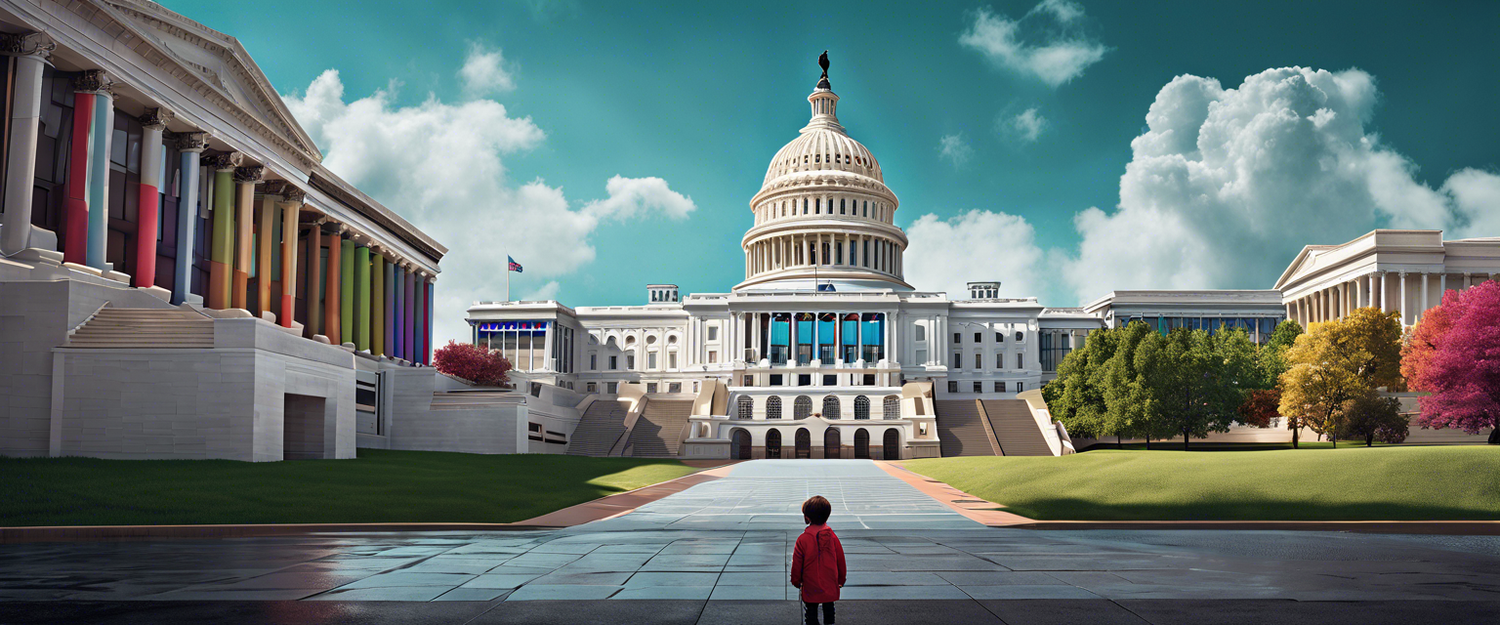The Kids Online Safety and Privacy Act (KOSPA): An Overview
The conversation surrounding internet regulation in the United States has intensified, focusing particularly on the challenges posed by the First Amendment, which limits governmental restrictions on speech. Recently, a significant development emerged in the form of the Kids Online Safety and Privacy Act (KOSPA). Passed in the Senate with strong bipartisan support, KOSPA aims to enhance the safety and privacy of minors online.
Understanding KOSPA's Background
KOSPA's journey begins with its predecessor, the Kids Online Safety Act (KOSA). KOSA initially sought to establish online protections for children but was later combined with another bill—COPPA 2.0 (Children and Teen’s Online Privacy Protection Act)—to form KOSPA. This union fortifies the movement for robust regulations aimed at safeguarding minors on digital platforms.
The Core Goals of KOSPA
At its essence, KOSPA addresses two primary objectives:
- Privacy Protection: The act seeks to enhance the privacy of minors, raising the age limit from 13 to 17 for platforms to obtain parental consent for users. This adjustment reflects the modern realities of internet usage by minors.
- Accountability for Tech Platforms: KOSPA requires platforms like Meta, Google, TikTok, and others to take responsibility for minimizing harmful content exposure to young users.
The Implications of COPPA 2.0
COPPA 2.0 serves as an updated framework that reflects the evolution of online behavior since the original COPPA was enacted in 1998. The original law mandated that platforms could not knowingly allow users below 13 years of age without parental consent. However, as technology and internet usage among kids have evolved, COPPA 2.0 has raised the age limit to 17 and prohibits the display of targeted ads based on minors' online behavior.
Controversial Aspects of KOSPA
The second component of KOSPA, driven by KOSA, introduces a "duty of care" for online platforms. This regulation compels these platforms to be liable for potentially harmful content shown to minors. Such a requirement raises significant First Amendment concerns, as it represents an infringement on free speech regulations.
Arguments For and Against KOSPA
Proponents argue that the government's responsibility to protect children online can justify some limitations on speech. The emotional weight of parental concerns regarding their children's online experiences fuels support for KOSPA. However, opponents highlight the potential overreach of these regulations, fearing they could stifle free speech and set dangerous precedents for future internet governance.
Current Status and Path Forward
As of now, KOSPA has yet to pass the House of Representatives and is currently in recess until September. House leadership has expressed hesitation about considering the bill in its existing form, which leaves its future uncertain.
Conclusion
The push for KOSPA represents a critical moment in the ongoing discourse about internet regulation and child safety online. As lawmakers, advocates, and tech companies navigate the complexities of this legislation, the implications for the future of digital communication, free speech, and child privacy could be profound.
Further Reading
To explore more details about KOSPA and its implications, refer to insightful analyses from reputable sources like The Verge and Congress.gov.




Yorum yazın
Tüm yorumlar yayınlanmadan önce incelenir.
Bu site hCaptcha ile korunuyor. Ayrıca bu site için hCaptcha Gizlilik Politikası ve Hizmet Şartları geçerlidir.